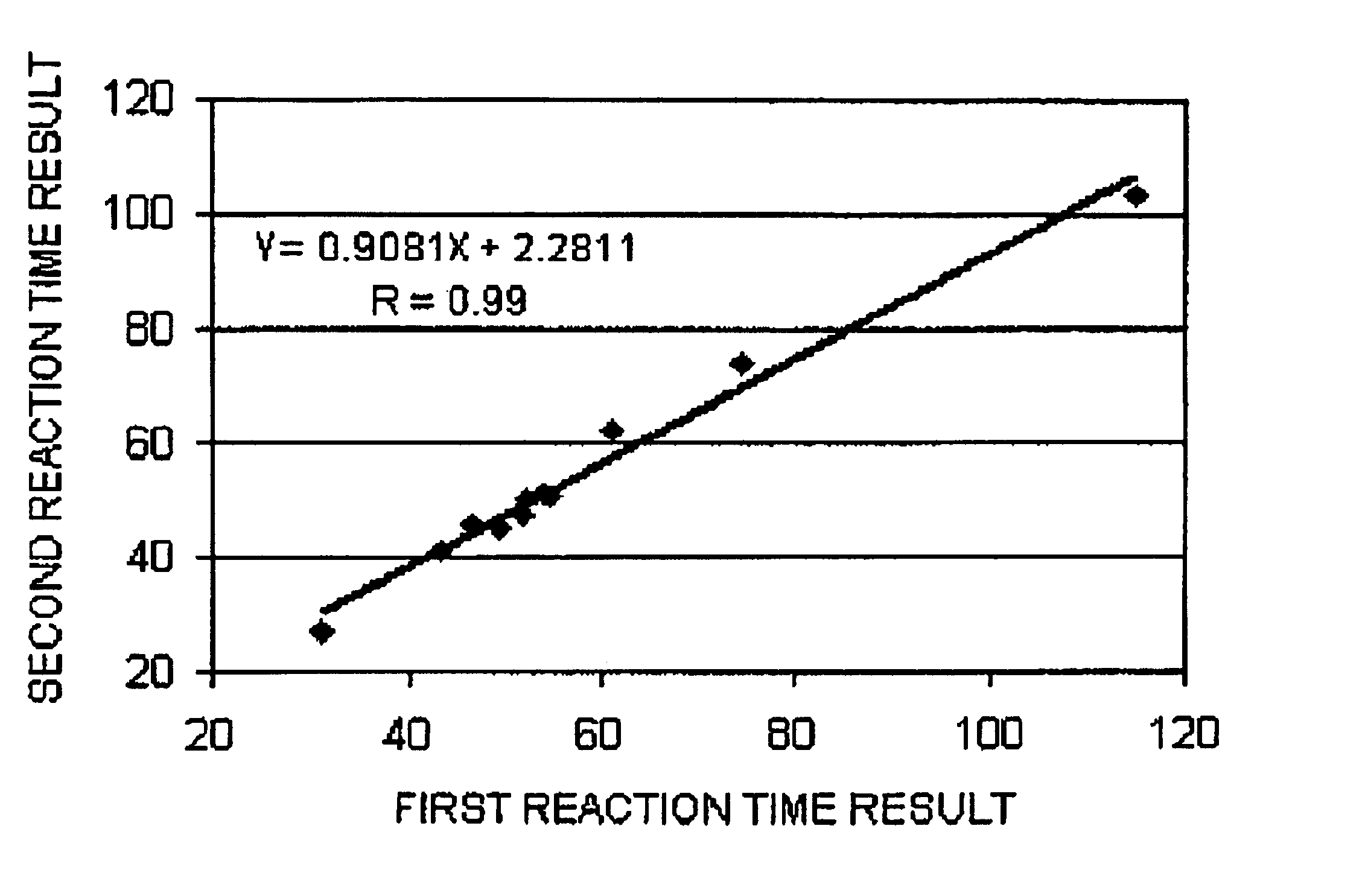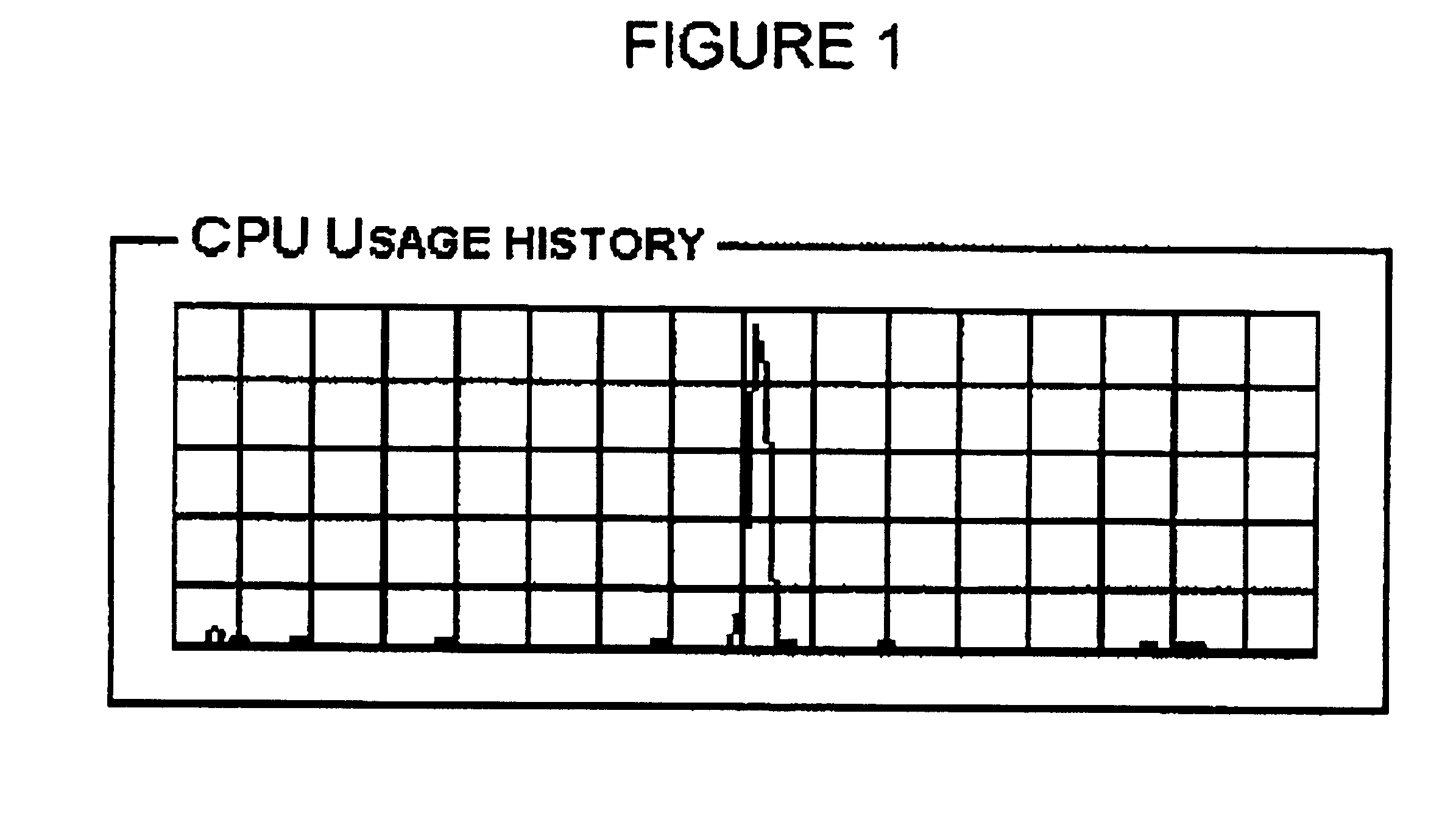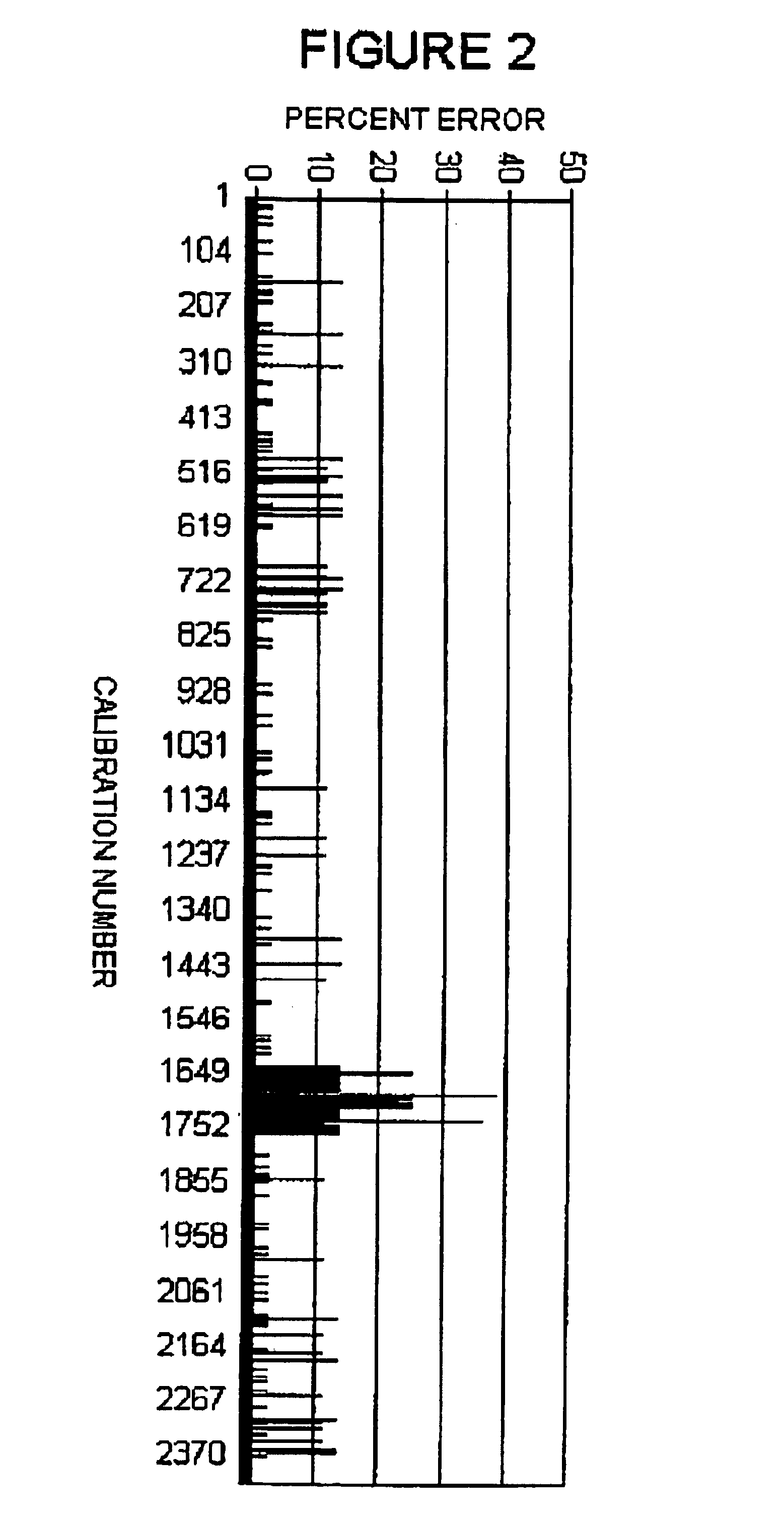High-precision cognitive performance test battery suitable for internet and non-internet use
a cognitive performance and test battery technology, applied in the field of high, can solve the problems of not representing actual average performance level, unfavorable examinee response time, and relatively imprecise response time results, so as to increase the number of performance measurements obtained, reduce the cost of long-term experiments proportionally, and increase the precision of those measurements.
- Summary
- Abstract
- Description
- Claims
- Application Information
AI Technical Summary
Benefits of technology
Problems solved by technology
Method used
Image
Examples
example 1
s of signals, chosen randomly, are presented during consecutive "choice response time" measurement sessions: 1, 1, 2, 2, 3, 3 and 4, 2, 1, 4, 3, 2. The correct response is to press the same key (1, 2, 3 or 4) as the signal. The first series almost invariably yields significantly lower response times because the same finger is used repeatedly and is primed for more rapid responses after the first use.
example 2
number recall experiment, two series are presented: 1, 2, 3, 4, 4, 4 and 8, 2, 5, 1, 6, 9. The first is much easier to recall because of the obvious pattern, enabling users who normally cannot recall 6-digit series to score higher than their usual maximum of 5 digits. Each of these examples may seem far-fetched but in practice salient patterns appear quite frequently even when signals (numbers) are selected randomly, and they can cause quite noticeable performance shifts if relatively few responses are performed. Most performance investigators present so many trials--in some cases testing subjects for hours--that the effect of occasional salient signal patterns is negligible. However the goal of the invention described here is to obtain precise results within very brief periods of measurement. So it is quite important to control variation due to salient signal patterns. Brief measurement sessions are critical if users are to return frequently for measurements at different points in ...
PUM
 Login to View More
Login to View More Abstract
Description
Claims
Application Information
 Login to View More
Login to View More - R&D
- Intellectual Property
- Life Sciences
- Materials
- Tech Scout
- Unparalleled Data Quality
- Higher Quality Content
- 60% Fewer Hallucinations
Browse by: Latest US Patents, China's latest patents, Technical Efficacy Thesaurus, Application Domain, Technology Topic, Popular Technical Reports.
© 2025 PatSnap. All rights reserved.Legal|Privacy policy|Modern Slavery Act Transparency Statement|Sitemap|About US| Contact US: help@patsnap.com



